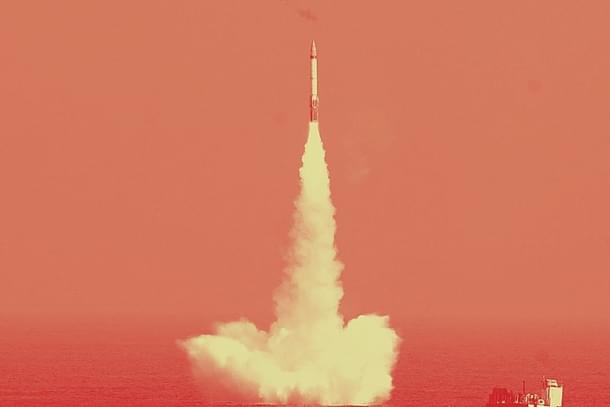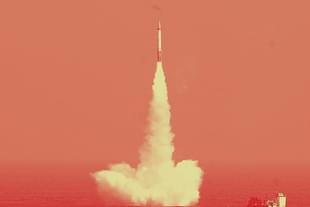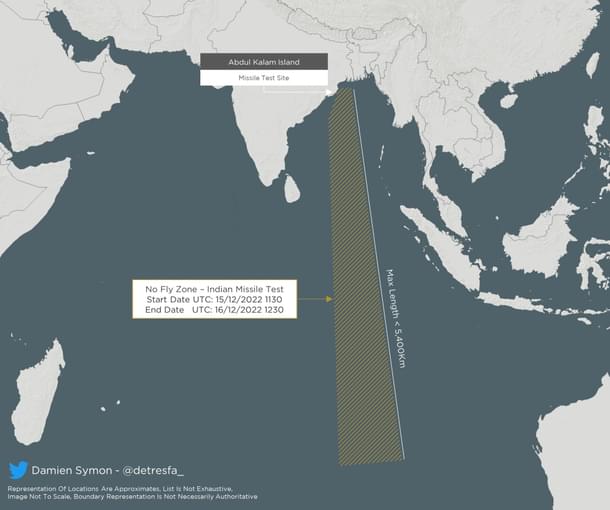News Brief
India To Test Missile With Over 5,000 Km Range Amid Renewed Tensions With China In Arunachal's Tawang
Swarajya Staff
Dec 15, 2022, 01:24 PM | Updated Dec 16, 2022, 02:02 PM IST
Save & read from anywhere!
Bookmark stories for easy access on any device or the Swarajya app.


India could test a long-range missile in the Indian Ocean amid renewed tensions along the Line of Actual Control with China following clashes in Arunachal Pradesh's Tawang district on 9 December.
India notified a no-fly zone, indicative of a missile test, last month. The notice, which is ment to alert aircraft pilots of potential hazards, suggests that the test could take place on 15 or 16 December.
The notification suggests that the missile likely to be tested will fly to a maximum distance of 5,400 kilometers.
Experts believe India is may test its K-4 submarine-launched ballistic missile (SLBM) or land-based Agni-V missile.
While Agni V has a stated range of 5,000 km, K-4 is believed to be capable of striking targets up to a range of 3,500-4,000 km.

The addition of the K-4 missile to India's SLBM arsenal will improve the credibility of the sea leg of India's nuclear triad, which is the ability to launch a nuclear strike from land, air, and sea.
India's only operational ballistic missile submarine (SSBN), INS Arihant, currently carries K-12 SLBMs. With a range of just 750 km, a K-12 fired from an SSBN in the Bay of Bengal can't reach China's industrial or population centres. However, with a range of over 3,500 kilometres, the K-4 missile will give India's SSBNs the capability to strike targets in a large part of China, including Beijing, from the northern region of the Bay of Bengal.
Given its 'no first use' nuclear posture, India needed to demonstrate the capability to launch a second strike or the ability to respond to a nuclear attack with one of its own. An assured second-strike capability is an essential element for effective strategic deterrence.
SSBNs are believed to be the most survivable of the three legs of the nuclear triad. While land-based missiles and aircraft meant for nuclear weapons delivery can be targeted by the enemy in a first, counterforce strike, taking out SSBNs at sea is relatively more difficult. These boats can remain underwater for long durations of time to avoid detection.
In case of a first strike that destroys nuclear weapons and land-based nuclear delivery systems, India can launch a retaliatory strike with its surviving SSBNs. For this, India will need a continuous at-sea deterrent, and the commissioning of the three SSBNs currently in the pipeline — Arighat, S4 and S4* — will give India this capability.





